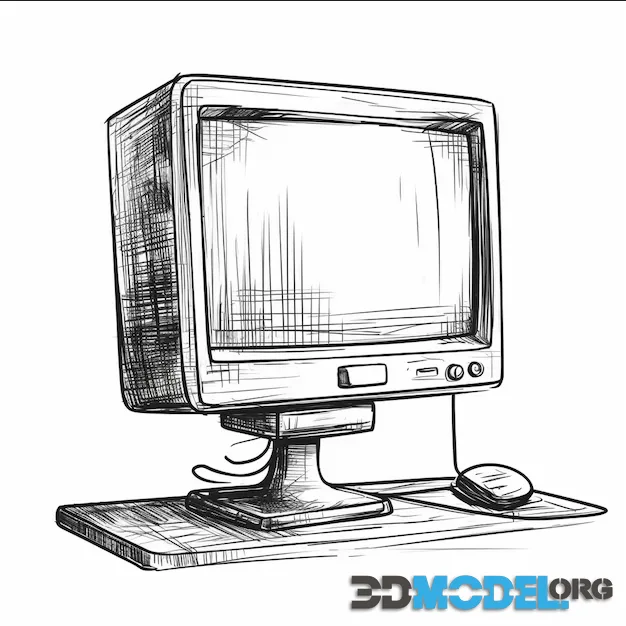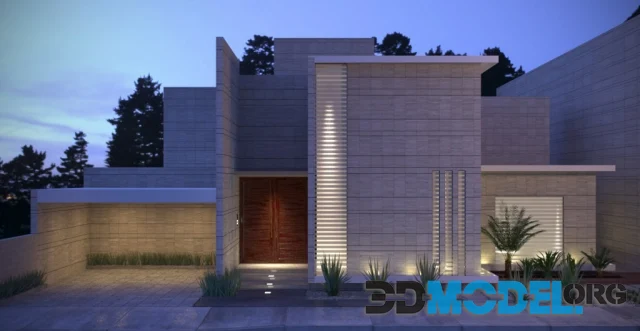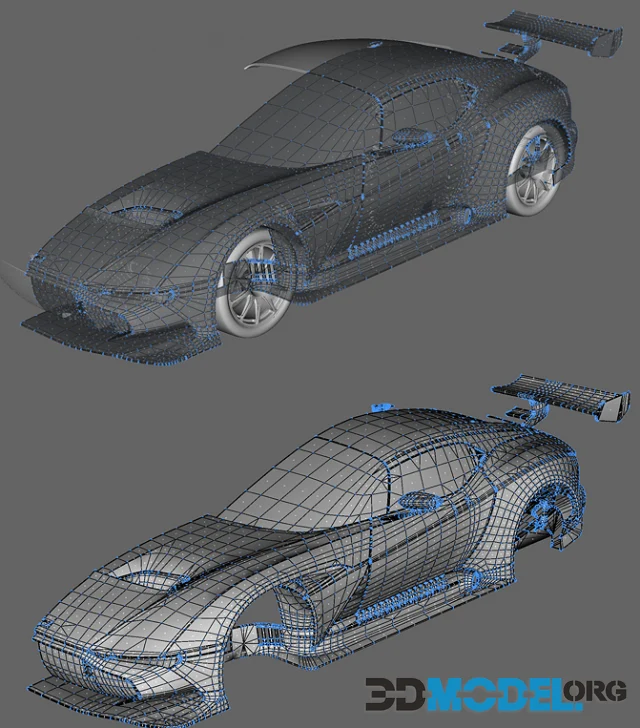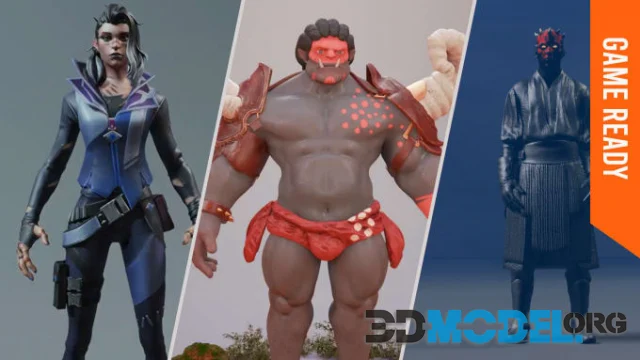Choosing a monitor for drawing

You buy a monitor once for five or even ten years.
Maybe even longer.
Well, this is usually the case.
Therefore, you need to choose a monitor that you will not regret, because it is too small, not bright enough in the daytime, the fonts are not clear enough, and the colors are weak or unnatural.
If you are an artist, your monitor is your hands. We have prepared this guide to help you choose the best and most comfortable hands possible.
How to choose a monitor: criteria
Here are the most important criteria to consider when choosing a painting monitor.
Panel type
For the artist, a monitor with an IPS or VA matrix is best. These screens have better color reproduction with minimal distortion.
You can make modifications to these two matrices. That's fine. But do not use a TN matrix. They have very poor color reproduction and a lot of backlighting.
If you can find an OLED monitor and have a lot of money, go for it.
Color depth
Not bad options are eight bits + FRC (if you are just drawing) or ten bits (if you are printing). Such monitors display a wide spectrum of a billion colors. Enough for even the most demanding professionals.
Color space
For drawing, the sRGB setting should be close to 100% or higher. This is out of the question.
Brightness
It is better to choose a monitor with a brightness of 400 nits or more. If the parameter is low - the screen will be dark when the room is very bright.
Contrast
The minimum value of contrast for a monitor used for drawing - not less than 1 000:1, otherwise you will get an unnatural color. Ideally, you should aim for 3,000:1.
Diagonal and resolution
These are subjective parameters. But our editors are convinced that the ideal option is a WQHD (2560x1440 pixels) monitor with a diagonal of 27-29 inches. If you go smaller, the image will be less detailed, and if you go larger, there is a risk that unwanted pixels will catch your eye.
However, if your budget is limited, you can go with a QHD or even FHD monitor.
Coating
Depending on what material the display is coated with, it may or may not cause glare and reflections. This can be uncomfortable when working in a brightly lit room or outdoors.
We recommend looking at the glossy or matte version. The former transmits shadows better, but it is possible to glare. The matte screen is much less likely to collect dirt, but its color reproduction is worse.
There is also an anti-glare option. As with OLED, this is the most expensive option, but also the coolest. It combines all the advantages of glossy and matte surfaces, but without their disadvantages.
By the way, on our site you can find a lot of useful things for yourself, if you often draw. These are, for example, numerous references (link to category). Just look at our huge collection of figures for 3D printing! You're sure to like something and want to redraw it.
And we also have tutorials on how to work in programs that are often used by artists. GIMP, Photoshop, Sketch, Illustrator, and many others.
The best monitor models for artists in 2024
We've figured out what to look for when choosing a monitor. But if you are still afraid that you will buy something wrong, then in this case we have prepared for you a list of good models that will be relevant for the next few years:
- DELL U2723QE
- Acer Vero V277UEbmiipxv UM
- Lime H270A
- TESLA F2722DF
- Xiaomi Redmi X27G
- ASUS TUF GAMING VG289Q
- PHILIPS 288E2A
- ViewSonic VP3256
Just google them, study them and pick your favorite!
It is worth saying that they all have a reasonable price, but they are in different segments. We have decided not to pay attention to anything below the middle segment, because after all we are looking for a good choice.
Good luck with your shopping!
Ctrl
Enter
Noticed a misTake
Highlight text and press Ctrl+EnterRelated news:
Comments (0)






